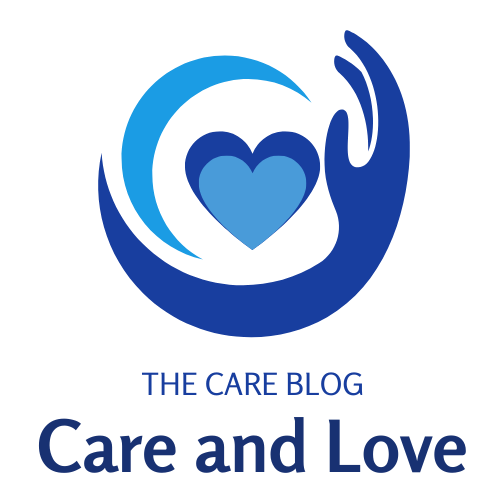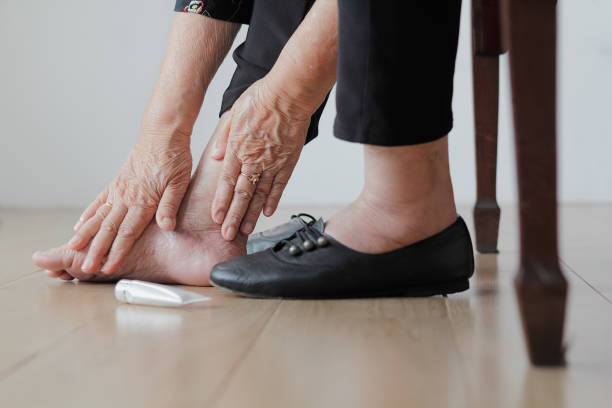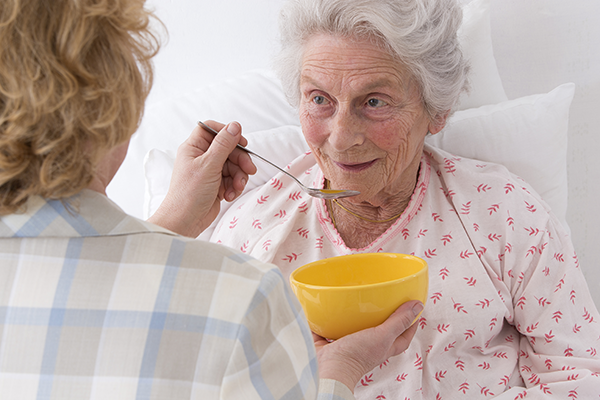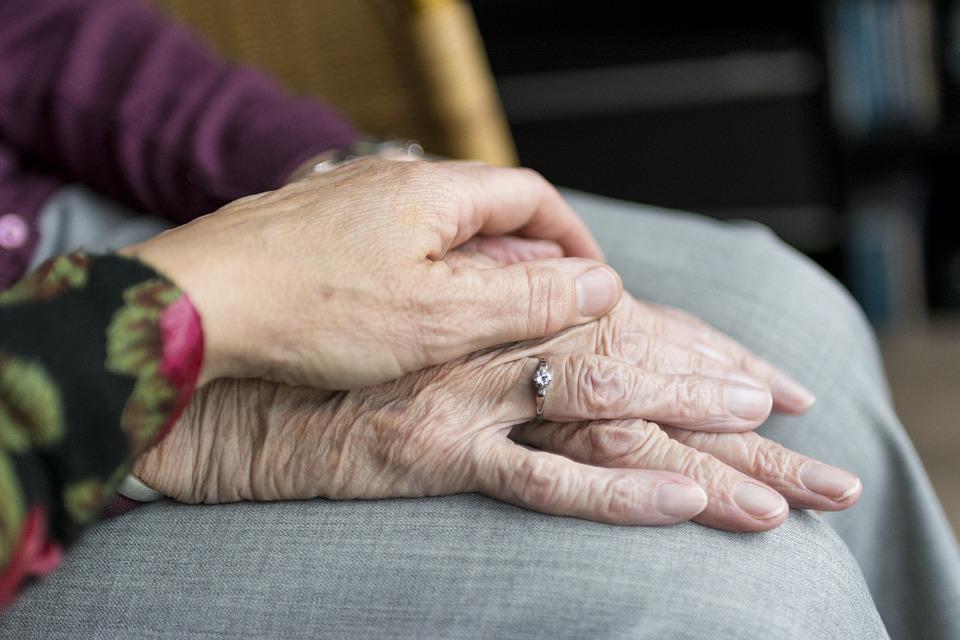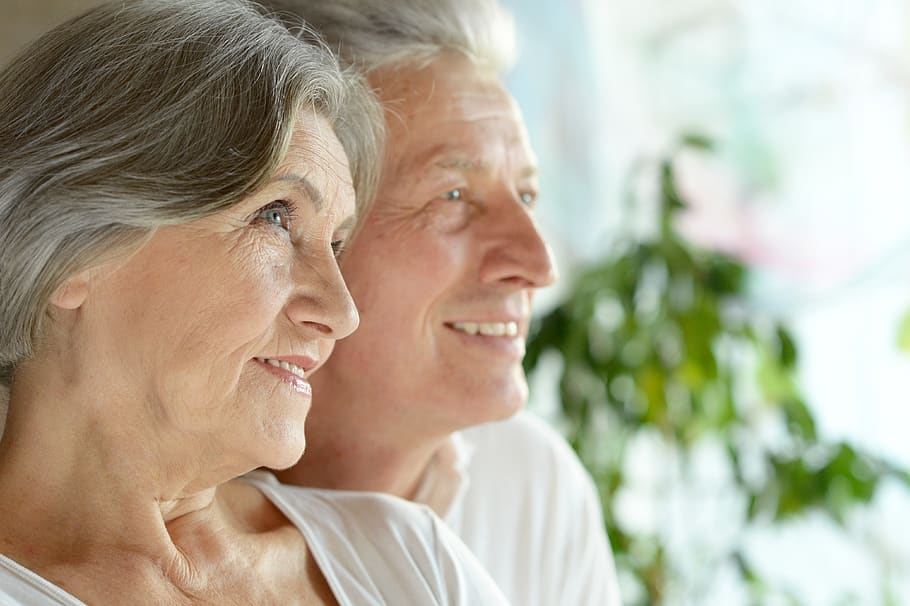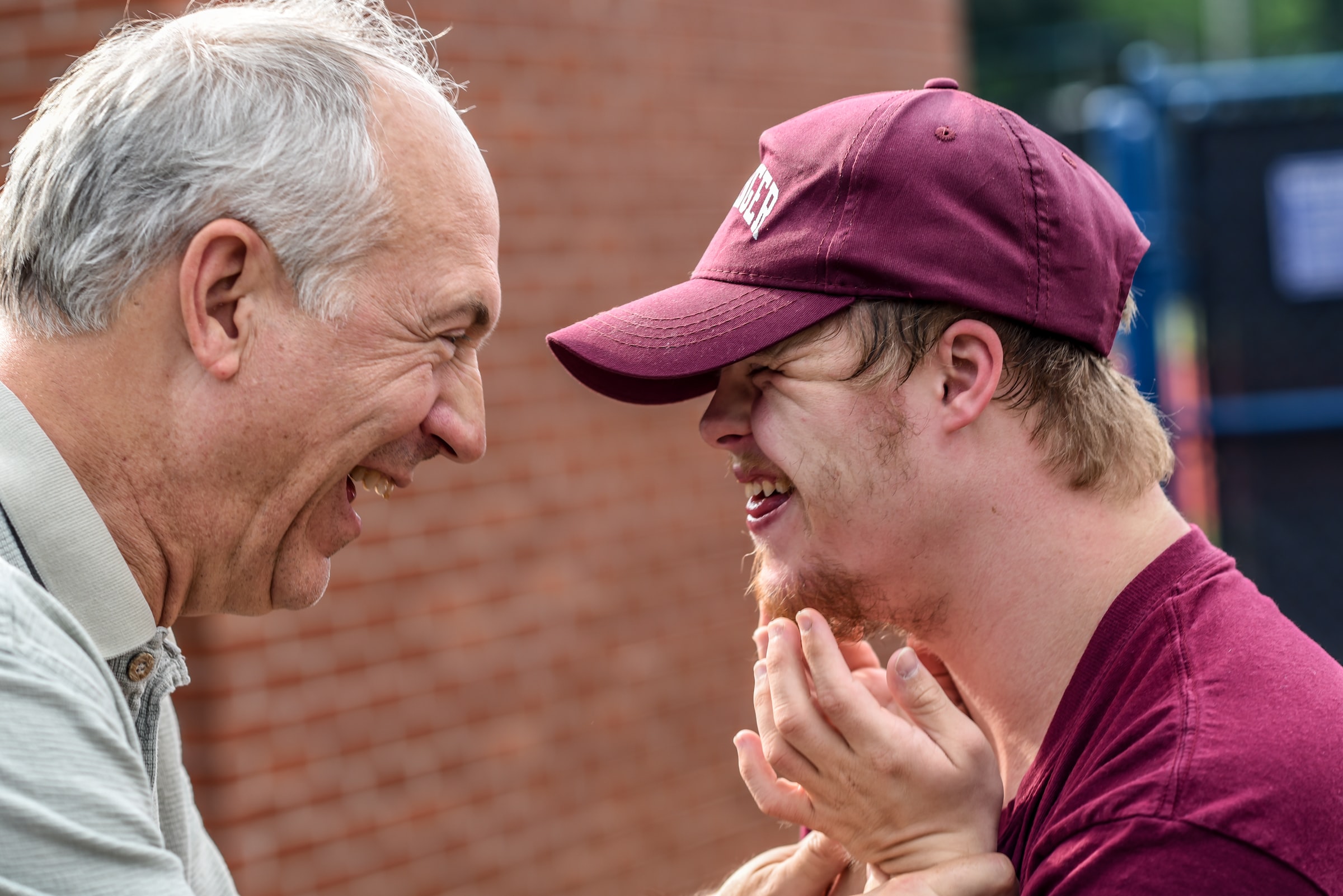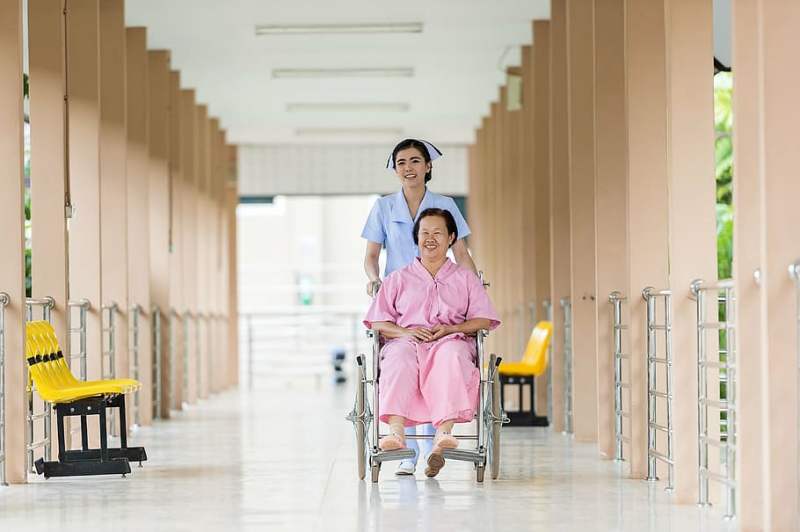Detecting the phenomenon of swollen feet in the elderly is easy and can be done by yourself. If the skin of the foot is very hard and swollen, press a little with your finger on the swollen area, and if a slight indentation is made, the foot is swollen. But what is the cause of this swelling, and how can it be treated?
Causes of Swollen Legs in the Elderly
There are many causes of this phenomenon, including:
Excessive Fatigue: walking for long periods without exercise can be tiring for anyone, but even more so for the elderly. This is because if the feet are not properly trained, they are subjected to excessive strain.
Obesity: Because the weight of the entire body is placed on the feet, overweight people put excessive strain on their feet.
Salt abuse: a diet high in salt is a high-risk factor. Salt actually increases the problem of water retention, or the accumulation of water in the body, including the legs.
Chronic venous insufficiency: when the valves in the heart fail, the veins struggle to return blood to the heart and cannot hold it before returning. Blood flows inefficiently through the body, leading to the formation of varicose veins and venous stasis. One of the many symptoms associated with this condition is swelling of the legs in the elderly, which also often manifests itself as a feeling of tightness.
Therefore, a balanced lifestyle should be maintained to prevent swelling of the legs. This requires a diet low in salt and high in vitamins. Equally important is not to overwork the body without adequate training.
Venous Insufficiency in the Elderly
Venous insufficiency is a condition in which venous blood has difficulty circulating correctly through the veins of the legs and feet until it returns to the heart. Usually, veins use one-way valves to channel blood upward. However, venous blood flows backward when these valves are damaged or weakened. As a result, fluid stagnates in the soft tissues of the legs, especially the ankles and feet.
This disease mainly affects women. In Italy, it is estimated that about 30% of women are affected by this disease, while only 15% of men are.
Symptoms of Venous Insufficiency
Symptoms of venous insufficiency are incredibly varied. However, the most common symptoms include
- Swelling of the legs
- The appearance of dark spots on the skin.
- Calf cramps, especially at night.
- Numbness of the legs.
- Hyperpigmentation of the skin of the lower extremities.
- Swollen feet may indicate a more severe problem.
Treatments to Combat It
The key to combating venous insufficiency is to improve the circulation of blood. This can be done by direct intervention in the lifestyle of the person suffering from this condition. To make venous circulation more effective, eating a healthy diet, exercising regularly, constantly working out, and avoiding undue stress are essential.
Treatment for Venous Insufficiency in the Elderly
Before resorting to particular medications to improve blood circulation, it is recommended to use natural remedies for leg swelling in the elderly and to wear elastic support stockings gradually. This treatment is especially suitable for those with a genetic predisposition and will significantly help in cases of swollen ankles and sore feet.
If these simple measures do not improve the situation, medication treatment may be advisable. One of the most commonly used treatments for venous insufficiency is a purgative, a natural extract rich in bioflavonoids.
However, in some cases, drug therapy may not be effective and surgery may be necessary because the disease is already advanced. The most common treatment for venous insufficiency is stripping of the so-called saphenous veins. This involves tearing and removing the vein itself and is performed when the doctor has determined that it is irreparable.
Another type of surgery is laser therapy. This involves inserting a catheter into the vein and irradiating it with laser light, which warms and “seals” the walls of the vein, causing the disease. In this way, the blood is naturally directed to healthy veins.
Share your thoughts with us in the comments below!
